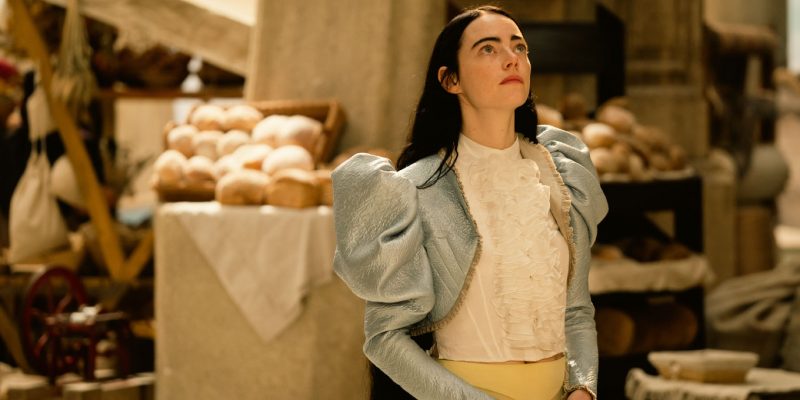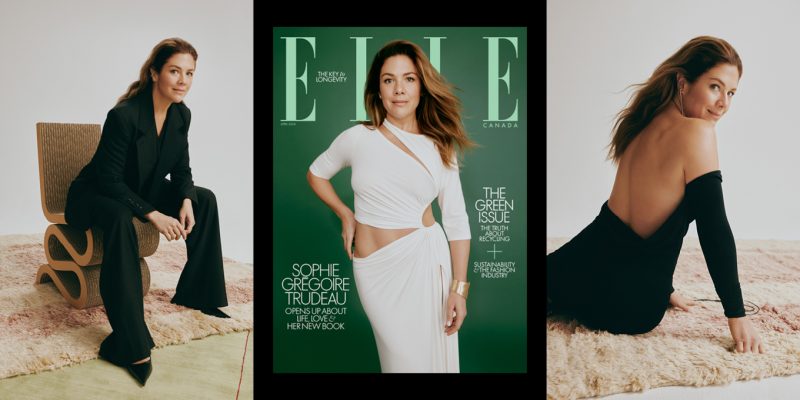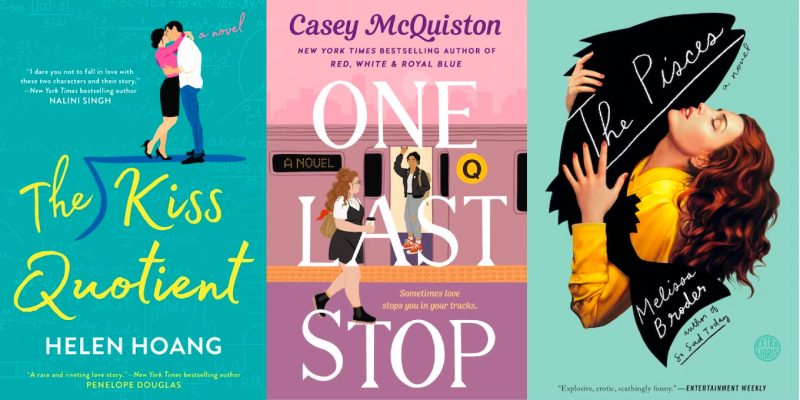Food & Drink
This New Cookbook Is Here to Help You Eliminate Kitchen Waste
Thinking about cutting out plastic for good? Your next meal is a great place to start.
by : Melissa Fejtek- Apr 20th, 2021
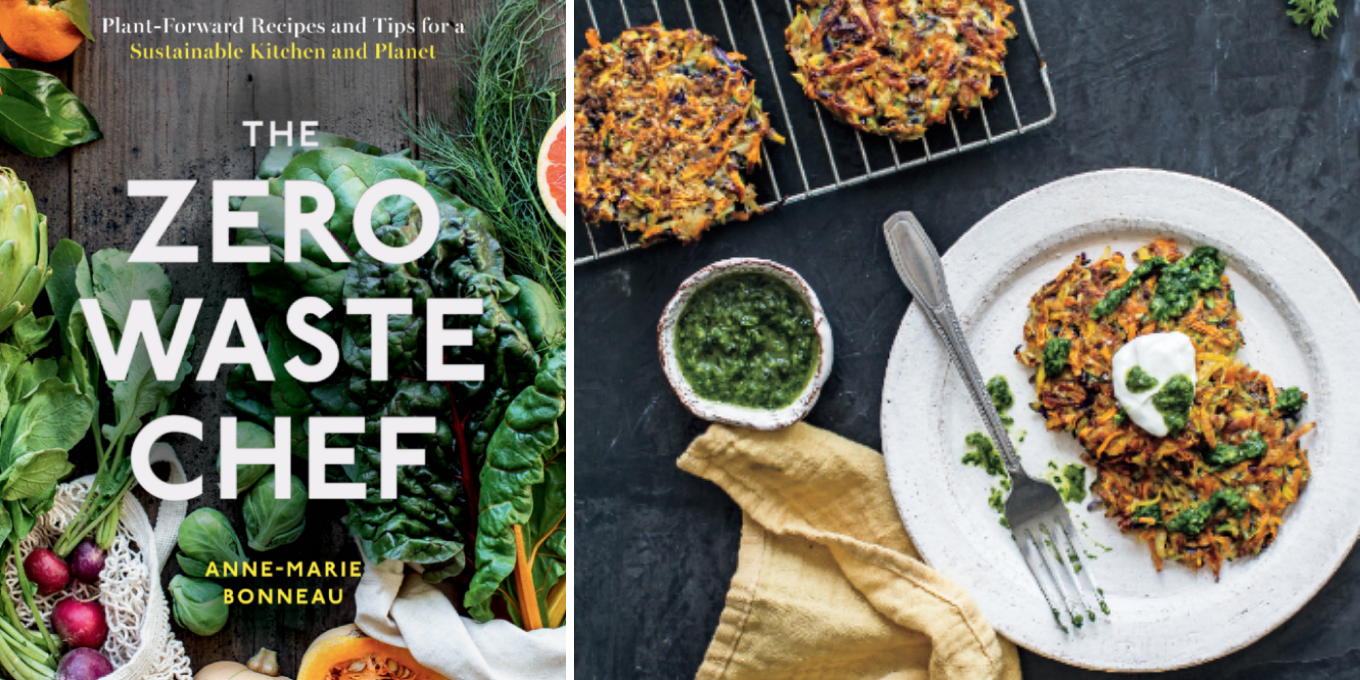
Anne-Marie Bonneau
Eliminating waste from our day-to-day isn’t without its challenges — especially when it comes to food. Between grocery shopping, meal prep and food storage, going zero waste can be a daunting task. So when Anne-Marie Bonneau started her food blog, the Zero-Waste Chef knew she would eventually turn her passion for a waste-free life into a book. Her goal? To find simple and manageable ways to cook and eat sustainably. Now, just in time for Earth Month, the Canadian-born San Francisco resident is celebrating the launch of The Zero-Waste Chef, a guide on transitioning to a plastic-free kitchen, packed with 75 tasty (and wallet-friendly) vegan and vegetarian recipes that are good for you — and the planet. Here, the author shares what she’s learned since going zero waste, tips on how to get started and the recipes you don’t want to miss out on.
 Anne-Marie Bonneau
Anne-Marie BonneauMore than ever, people are waking up to the idea of going zero waste. What was the “aha” moment that sparked your lifestyle change?
Back in 2011, I read about this boat called the Plastiki. It was made out of 12,000 empty plastic bottles and other waste materials. These environmentalists sailed it from San Francisco to Sydney, Australia to raise awareness on the plastic in the oceans. I had no idea this was happening, things like albatrosses feeding plastic to their young animals and getting tangled in the plastic. I was so disgusted. The plastic industry has us convinced that recycling is the answer. I thought, “well, I’m recycling, it’s getting turned into something else.” But now we find out that really, only about 9 percent of plastics are actually recycled worldwide. So I just thought, “wow, this is insane. It’s a huge problem.”
The convenience of plastic is such an appeal for so many people. How do you get past that hurdle?
Start with the big things first. When I give talks, inevitably, somebody will put their hand up and say, “well, what do I do about prescription bottles?” I say, “you need your prescription, there are very few pharmacies that do refillable glass bottles. So start with the big stuff.” If you buy bottled water, stop buying bottled water. If you use cloth product bags, that cuts a lot of plastic, too. And another easy thing is, eat more fruits and vegetables. Yeah, it doesn’t sound very exciting. But if you want a snack, have a piece of fruit instead of buying crackers and cookies.
What’s something you learned after going zero waste?
When we started this, all I wanted to do was get off of the plastic because I was just so horrified about the state of our oceans. But then there were all of these other benefits. My health improved. After about two weeks, I realized, oh, I stopped eating highly processed foods, because I wasn’t buying anything in a package. And if you eat more fresh fruits and vegetables, you don’t have to cook every single night. I always have something in my kitchen ready to become something else. So, let’s say I make stir fry with rice for dinner one night, that rice might go into making fried rice, or maybe rice pudding the following. The little bits of vegetables that I save when I prep become broth, and then that can go into something else. I’m not starting from scratch, because it’s a lot of work to cook a different meal every night. That leads to a lot of food waste too, which is another huge problem that I was unaware of before.
Any tips on reducing food waste?
Shop your refrigerator and pantry first. Before you go shopping, look at what you have on hand, and then use that to determine what you’re going to make for dinner. That makes a huge difference.
In one of the first chapters in the book you mention “cooking like a grandma”, as in using what’s in your fridge to create recipes. A lot of people are intimidated by that style of cooking.
Yeah, if you’re just starting out, it is intimidating. I say start with something really simple, but very adaptable. I’ve got a basic formula for making soup. If you make something like soup, you can add whatever vegetables you have on hand. It’s very important to taste as you go, and then you’ll know, okay, it could use a little salt or oh, it could use a little acid, like some vinegar or lemon juice. Once you get experience, you’ll feel more confident to riff on recipes.
What’s a common misconception people have about going zero waste?
People think it’s going to cost a lot of money, but It depends on where you start. If you’re eating very inexpensive, unhealthy food, okay, it’s going to be more expensive, because you’re going to buy more fresh fruits and vegetables. But I like to tell people it’s a package deal. Shopping at the farmers market is more expensive than going to a discount grocery store, but even at the discount grocery store, you can find stuff that’s unpackaged in the produce section. If you pay close attention to your food waste, that will save you a small fortune. And I reuse things – I don’t buy single-use plastics anything. When my kids were younger, they had metal tin containers for lunch, and we still have them. Those were expensive upfront, but they paid for themselves. Plastic containers might be a few dollars a box, but if you’re going through them, the price really adds up.
What are some of your favourite recipes from the book?
I have a sweet tooth. I really love the sourdough sticky buns. They’re really good. And the one recipe I make over and over is the potato cauliflower dal. You can’t go wrong with potatoes, cauliflower and Indian spices. It’s not possible. I also have kimchi fried rice in there, which is delicious, filling and takes no time to make.
BOOK EXCERPT
Anne-Marie’s Eat-All-Your-Vegetables Pancakes
Makes 12 3-inch pancakes
While we tell kids constantly to eat all their vegetables, we adults could use that reminder ourselves. These savory vegetable pancakes make both recommendations easy. They satisfy all eaters while clearing a few things out of the refrigerator—half a zucchini, a lone carrot, a pinch of chopped fresh herbs. Have some kale stems left over from a salad? Very finely chop a handful and toss them in. No one will suspect. But almost always include potatoes. You simply cannot go wrong with potatoes, fat, and salt.
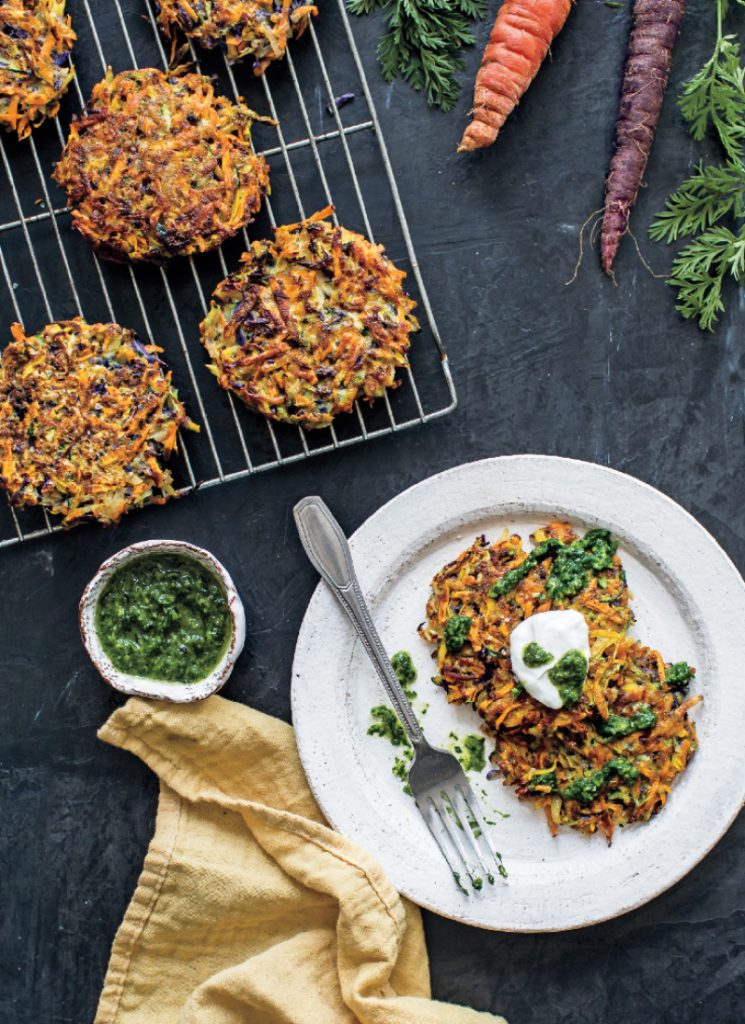 Anne-Marie Bonneau
Anne-Marie Bonneau4 cups grated vegetables, such as russet potatoes, carrots, zucchini, sweet potatoes, turnips, parsnips, or cabbage
1⁄4 cup bread crumbs or flour (all-purpose, whole wheat, or rye)
2 large eggs
1 teaspoon coarse salt Freshly ground black pepper Olive oil, for frying
If using zucchini or potatoes, place them in the center of a thin dish towel. Roll up the towel and squeeze out the juice. Refrigerate or freeze the liquid for broth.
Place the vegetables in a large bowl and fluff with a fork. Stir in the bread crumbs, eggs, salt, and pepper to taste and combine well.
Heat a large skillet over medium heat and add enough oil to coat it.
For each pancake, drop 1/4 cup of the batter into the hot pan. With a spatula, flatten it down so it’s about 1/4 inch thick. Flip after the bottom has browned, about 5 minutes. Remove from the pan once the other side has also browned, another 3 to 5 minutes.
Add more oil to the pan as necessary and continue cooking the pancakes. Keep them warm in the oven all together, or serve individually at once.
Serve with Anne Marie’s sour cream, egg white aioli, or cilantro chutney, if desired.
Newsletter
Join our mailing list for the latest and biggest in fashion trends, beauty, culture and celebrity.
Read Next

Fashion
Are Fashion Brands Getting Greener?
While the fashion industry is making a lot of noise about being more sustainable, a closer look shows that its earth-friendly commitments are often more illusion than reality.
by : Marouchka Franjulien- Apr 19th, 2024

Beauty
What Beauty Packaging Is Actually Sustainable?
We sought out leaders in the field to help us get to the bottom of the blue bin once and for all.
by : Victoria Christie- Apr 19th, 2024
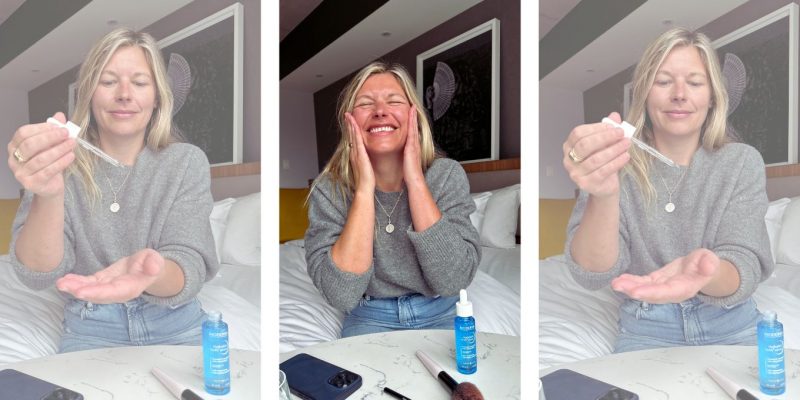
Beauty
Tested and Approved: Your New Hydrating Skincare BFF
This new product has all of your skin’s thirst-quenching needs covered.
by : ELLE Canada- Apr 17th, 2024

